Replacing rigid semiconductors with skin-like equivalents could be a real breakthrough for everything from health and wearables to robotics.



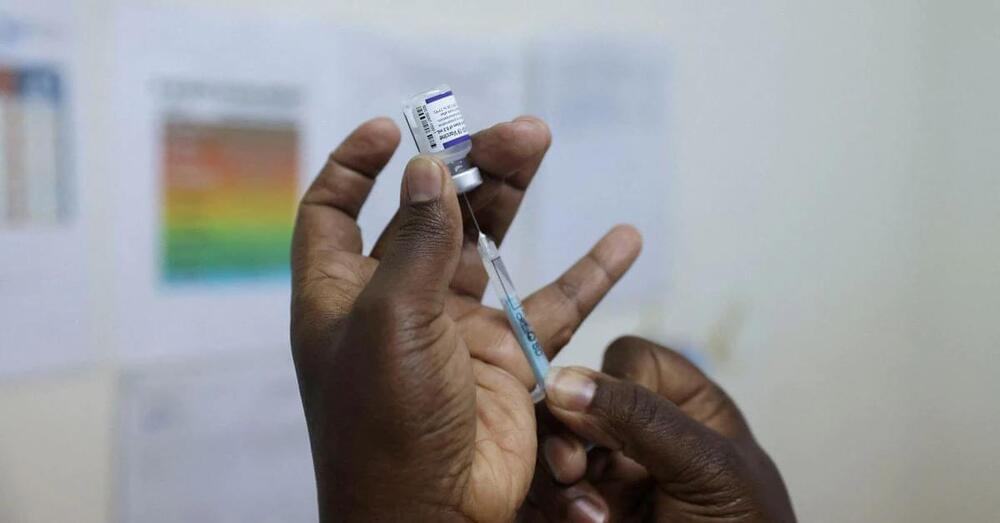
😀
JERUSALEM, Dec 11 (Reuters) — Israeli researchers said on Saturday they found that a three-shot course of the Pfizer/BioNTech (PFE.N), (22UAy. DE) COVID-19 vaccine provided significant protection against the new Omicron variant.
The findings were similar to those presented by BioNTech and Pfizer earlier in the week, which were an early signal that booster shots could be key to protect against infection from the newly identified variant.
The study, carried out by Sheba Medical Center and the Health Ministry’s Central Virology Laboratory, compared the blood of 20 people who had received two vaccine doses 5–6 months earlier to the same number of individuals who had received a booster a month before.
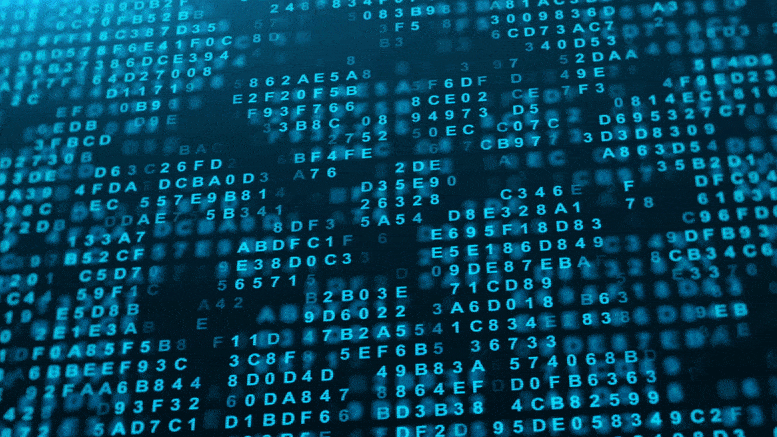
Cyber attackers could target 3D printed objects in health care, aerospace, and other fields.
Cybersecurity researchers at Rutgers University-New Brunswick and the Georgia Institute of Technology have proposed new ways to protect 3D printed objects such as drones, prostheses, and medical devices from stealthy “logic bombs.”
The researchers will present their paper, titled “Physical Logic Bombs in 3D Printers via Emerging 4D Techniques,” at the 2021 Annual Computer Security Applications Conference on December 10, 2021.
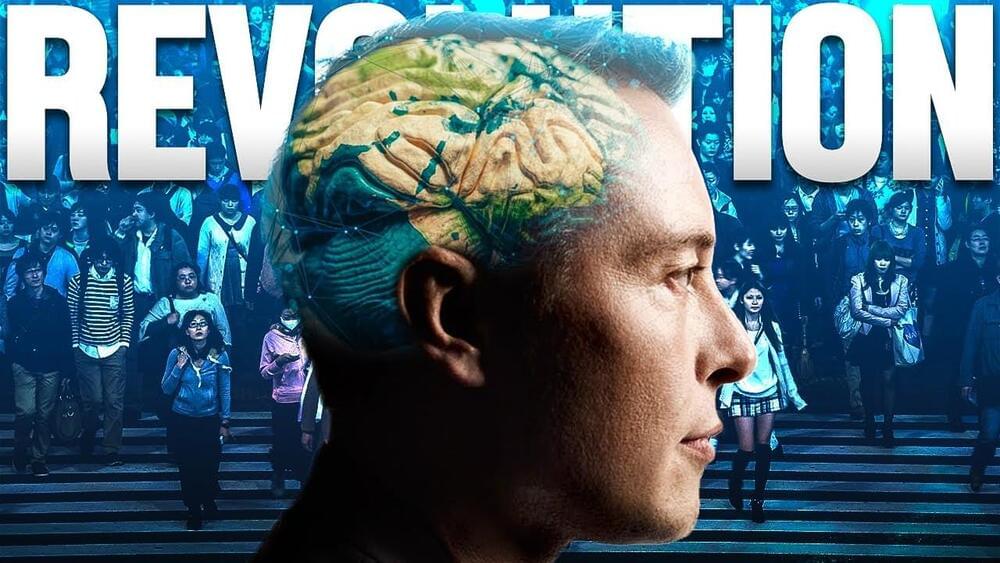
What if Elon Musk told you that you could store your memories as a backup and then download them into a robot body. Sounds like science fiction to you, Well believe it or not it’s true and he has already launched a company called Neuralink to pursue this futuristic goal.
But how does it work and how exactly is elon musk going to pull this one-off. Well, we’ll answer these questions and take a deeper look into Neuralink and how it could change humanity forever.
The Neuralink is a small brain implant that will generate and manipulate neurons in your brain to cure health problems like addiction, blindness, depression, and other various brain-related problems.

According to a newly released survey from nonprofit technical organization IEEE, about one in five respondents say AI and machine learning (21%), cloud computing (20%), and 5G (17%) will be the most important technologies next year. The study examines the most important technologies in 2022, the industries expected to be most impacted by technology in the year ahead, and anticipated technology trends through the next decade.
What industries are expected to be most impacted by technology in the year ahead? Technology leaders surveyed cited manufacturing (25%), financial services (19%), health care (16%), and energy (13%) as industries poised for major disruption.
Regarding the key technology trends to expect through the next decade, an overwhelming majority (95%) agree — including 66% who strongly agree — that AI will drive the majority of innovation across nearly every industry sector in the next one to five years. Furthermore, 81% agree that, in the next five years, one-quarter of what they do will be enhanced by robots, and 77% agree that, in the same timeframe, robots will be deployed across their organization to enhance nearly every business function, from sales and human resources to marketing and IT. A majority of respondents agree (78%) that in the next 10 years, half or more of what they do will be enhanced by robots.
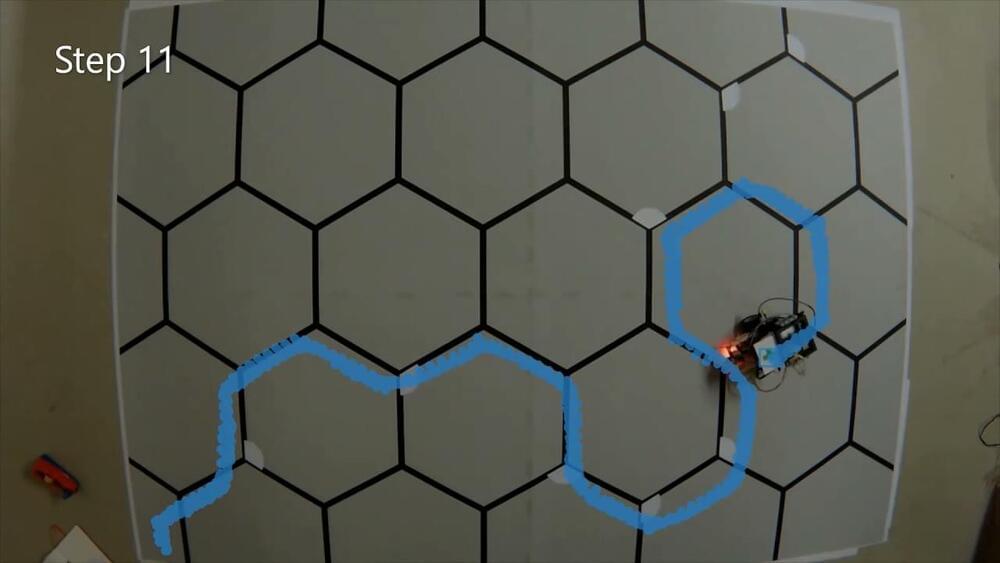
A maze is a popular device among psychologists to assess the learning capacity of mice or rats. But how about robots? Can they learn to successfully navigate the twists and turns of a labyrinth? Now, researchers at the Eindhoven University of Technology (TU/e) in the Netherlands and the Max Planck Institute for Polymer Research in Mainz, Germany, have proven they can. Their robot bases its decisions on the very system humans use to think and act: the brain. The study, which was published in Science Advances, paves the way to exciting new applications of neuromorphic devices in health and beyond.
Machine learning and neural networks have become all the rage in recent years, and quite understandably so, considering their many successes in image recognition, medical diagnosis, e-commerce and many other fields. Still though, this software-based approach to machine intelligence has its drawbacks, not least because it consumes so.

🤔
I would prefer it if the data was anonymized and handed back to the patient via an AI interface on the assessment, — Recommended actions and risks involved with each decision. It would then be up to the patient to share the data with a doctor or not, to decide how much data they want to share, and to what extent recommendations can interfere with their day to day life. I’m gonna have a glass of wine. AI: this is your 3rd glass today, do you want to know the risks associated with this decision? No. AI: ok-do you want to monitor vital health statistics in relation to drinking wine instead of water? No. AI; Do you want / Just shut up. Erase all records of my wine drinking and do not monitor this going forward. To live means to die, at least for now. Don’t touch my wine 🍷
Remote technology could save lives by monitoring health from home or outside the hospital. It could also push patients and health care providers further apart.
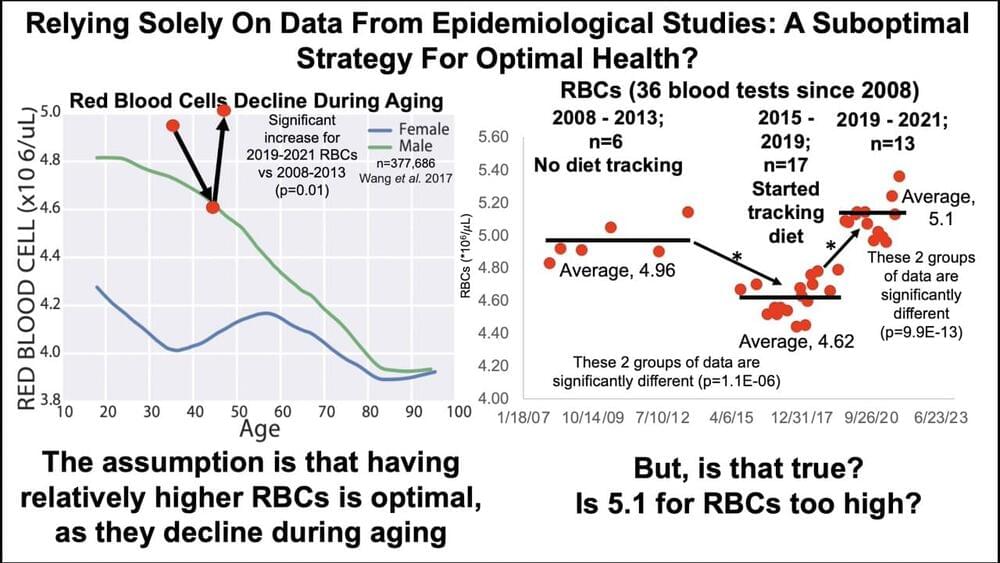
Join us on Patreon!
https://www.patreon.com/MichaelLustgartenPhD
Paper referenced in the video:
Predicting age by mining electronic medical records with deep learning characterizes differences between chronological and physiological age.
https://pubmed.ncbi.nlm.nih.gov/29113935/

Stein Emil Vollset, the study’s lead author and Professor of Global Health at the Institute for Health Metrics and Evaluation (IHME), elaborated on the findings.
“The last time that global population declined was in the mid 14th century, due to the Black Plague,” he told IFLScience. “If our forecast is correct, it will be the first time population decline is driven by fertility decline, as opposed to events such as a pandemic or famine.”
Some countries, however, are forecasted to see an increase in population.